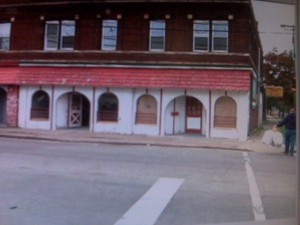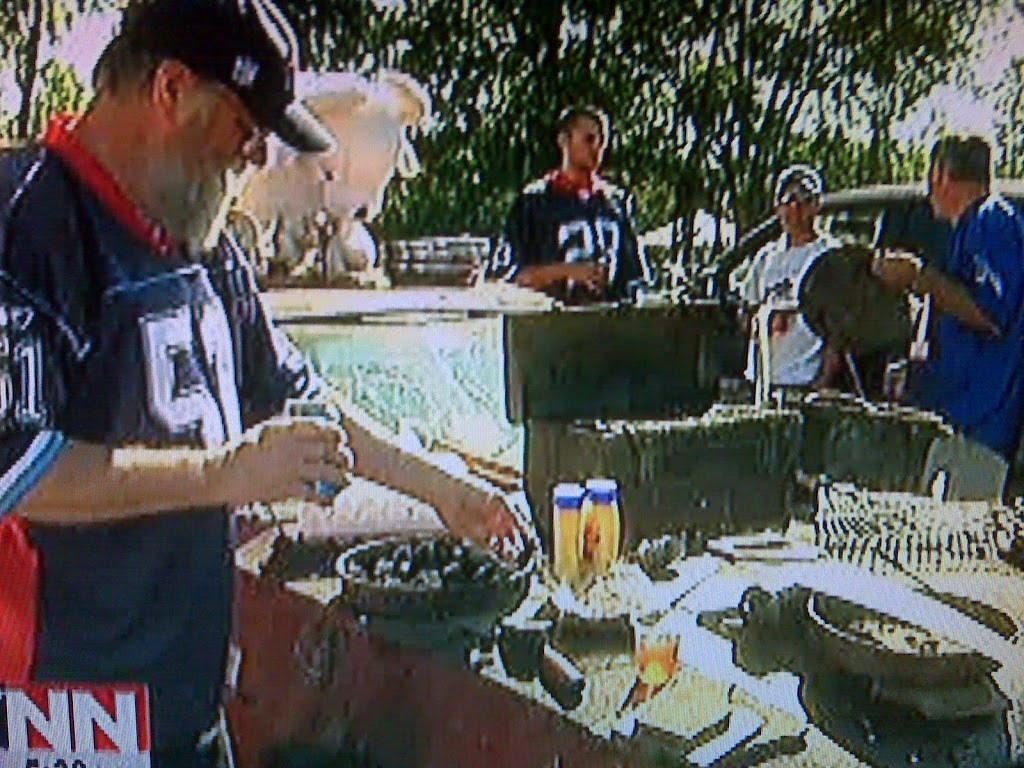 Violent crime is on the rise in a Niagara Falls neighborhood, so city police are setting up shop in the community.
Violent crime is on the rise in a Niagara Falls neighborhood, so city police are setting up shop in the community.
“The streets belong to the citizens. The streets don’t belong to the criminals,” said Niagara Falls Mayor Paul Dyster.
City officials say they are taking back the streets one corner at a time in an effort to fight crime. And now there is a new substation coming to the Cataract City.
“The block clubs came to us and said ‘hey you’ve got this model where you come in and open a police substation in the neighborhood. It seems to have worked on the other side of Pine Avenue. Could we bring it over to this side?’” Dyster said recalling conversations with citizens.
Police plan to open the new substation on 19th and Ferry Streets. The building used to house the old Tally-Ho Pizzeria Shop. Niagara Falls plans to pay $400 dollars rent, plus utilities to rent out the storefront. It will have at least one officer on staff full time. Niagara Falls Police say they want to get officers back to walking the streets.
“Get the officer out of the car and become more personable with the residents,” said Niagara Falls Police Department Superintendent John R. Chella.
Niagara Falls Police say they’ve run the numbers and the crime stats show a surge in violent crime in the area around Ferry and 19th streets. They are hoping that a new substation will help reconnect the community with those that are working to protect it.
“We have foot patrol. We have bicycle officers. And we have electric, what we call “GEMS.” They’re electric vehicles that are street compliant,” said Chella.
This is the department’s second substation. There’s another one on Highland Avenue and a Resource Center at 18th and Linwood. These are all places that have grown more violent over the past five years.
“It’s aggravated assault. It’s robberies. Loitering and drug dealing,” said Chella.
There’s also growing prostitution traffic along Niagara Street. City leaders are working with the Community Development office to turn these combat zones into family friendly communities.
“It emboldens people in the neighborhoods who are working to revitalize a neighborhood to feel as through the streets are theirs,” added Mayor Dyster.
(Visited 53 time, 1 visit today)



 To blend or not to blend? That is the question
To blend or not to blend? That is the question

 Happy Veterans Day. I've worked with so many v
Happy Veterans Day. I've worked with so many v







 . I
. I 
 an excuse to dress up. This year's Hallow
an excuse to dress up. This year's Hallow
 It's the final day for early voting in Mar
It's the final day for early voting in Mar

![ME: Freddy Krueger freaked me out as a kid. But I also freaked out watching some scenes in "Pee Wee's Big Adventure."
VANCE: You should watch "Mr. Crocket" on @hulu .
ME: [[90mins later]] 😱😱 @vanceb_ WTF did I just watch? Throw the whole mentee away🤣.
#RealTalk this is a good fun watch for Halloween. There's definitely a sequel to this.](https://scontent.cdninstagram.com/v/t51.29350-15/465027074_452440240759091_3389237086542937148_n.webp?stp=dst-jpg&_nc_cat=111&ccb=1-7&_nc_sid=18de74&_nc_ohc=E8JeKLg2DUkQ7kNvgEDekMZ&_nc_zt=23&_nc_ht=scontent.cdninstagram.com&edm=ANo9K5cEAAAA&_nc_gid=A6uFJzzZDZewsGNwoaVeJLf&oh=00_AYDDR2xRuBgcXAcAOtwcR6JowTKdBGrfNmUN3iVKTRLJsQ&oe=6744BF96)

 AND THE WINNERS ARE… Here’s the video rec
AND THE WINNERS ARE… Here’s the video rec
 I went to a play on Wednesday.
I went to a play on Wednesday.
 Made new f
Made new f
